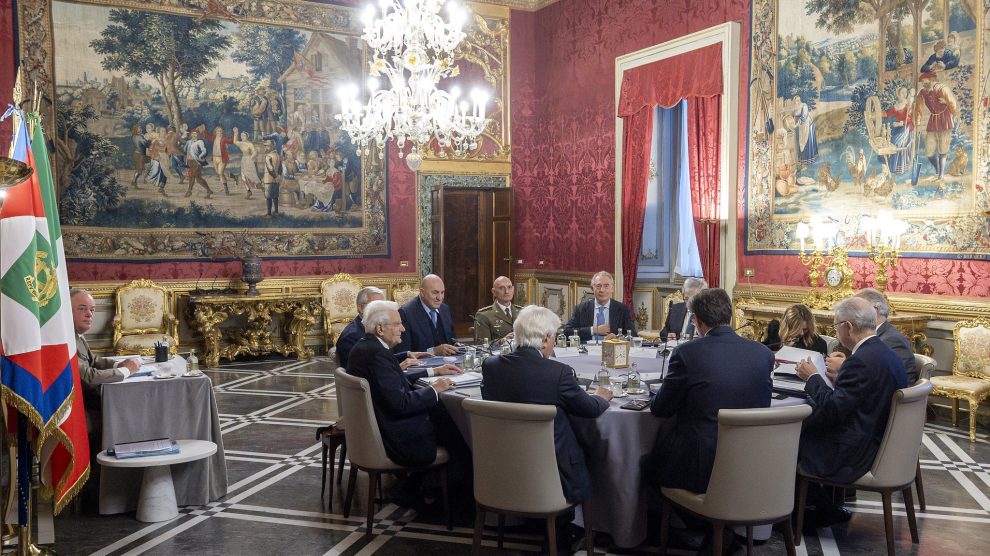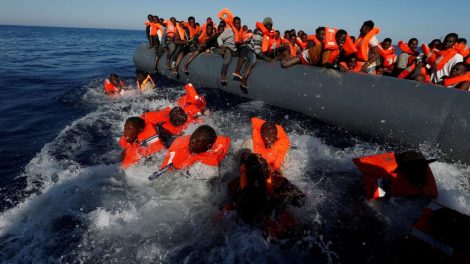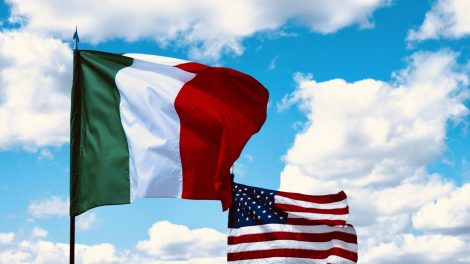Hybrid threats are emerging as the primary frontier of global strategic competition. Russia, Iran, China and North Korea employ grey‑zone tactics — between peace and war — to destabilise the West by exploiting its openness, transparency and democratic processes.
The big picture: Hybrid threats combine political interference, cyberattacks, sabotage, economic coercion and disinformation.
- Goal: undermine trust, create chaos, fuel polarisation, weaken democratic institutions.
- Italy is highly exposed: recent assessments indicate a sharp rise in cyber incidents affecting the country, with a marked increase compared to the early 2020s.
- The government-military sector is the most targeted.
Details from the Supreme Defence Council. According to information from the Council:
- Russia is identified as the leading hostile actor, but the Council also flags activities originating from Iran, China and North Korea.
- The most significant trend: Artificial Intelligence as an accelerator of manipulation within the “cognitive space”.
- Faster, more credible and harder‑to‑detect disinformation.
- Direct interference in democratic processes.
- Attacks target:
- critical infrastructure
- healthcare networks
- financial systems
- logistics platforms
- Effect: disruptions, delays, friction, systemic mistrust.
- New frontiers of the threat. Two domains are expanding exponentially:
- space
- The underwater dimension is crucial for subsea cables and energy infrastructure.
The Quirinale stresses that the response must operate across multiple levels: cyber, cognitive, space and underwater—a systemic challenge.
- The threat is described as “continuously increasing”, characterised by:
- speed
- volume
- digital ubiquity
Who was there: Together with President Sergio Mattarella, Giorgia Meloni (Prime Minister), Antonio Tajani (Foreign Minister), Matteo Piantedosi (Interior Minister), Guido Crosetto (Defence Minister), Giancarlo Giorgetti (Economy Minister), Adolfo Urso (Industry Minister), General Luciano Portolano (Chief of Defence Staff), Alfredo Mantovano (Undersecretary to the Presidency and Delegate Authority for National Security), Ugo Zampetti (Secretary‑General of the Presidency of the Republic), and Francesco Saverio Garofani (Counsellor to the President for the Supreme Defence Council).
Beyond hybrid threats. Many other dossiers were on the table:
- Ukraine – The Council notes that the conflict shows no signs of easing. There is deep concern about Russia’s “determination” to pursue its territorial annexation goals and its continued strikes on critical and civilian infrastructure.
- Italy confirms full support for Ukraine, including the twelfth military‑aid decree and participation in EU and NATO programmes for assistance and future reconstruction.
- Drones and new warfare – Russia’s increasing use of drones, including violations of NATO and EU airspace, highlights the need to accelerate European innovation programmes contained in the 2030 Defence White Paper.
- Gaza and the Middle East – The Council welcomes the ceasefire and the release of hostages, while expressing strong alarm over the civilian death toll.
- It reiterates its condemnation of antisemitism and stresses the need for a durable peace based on a regional, multilateral approach, respect for the ceasefire, the disarmament of Hamas, and the revival of the Sharm el‑Sheikh peace plan.
- Italy confirms its role: humanitarian assistance, training of Palestinian police forces, and participation in EU initiatives.
- Lebanon – Security in the South remains fragile, with violations of UN Resolution 1701 and attacks on the Italian‑led UNIFIL contingent.
- With the possible conclusion of the mission decided by the UN Security Council, the Council deems it essential to strengthen the Lebanese Armed Forces and ensure stability along the Blue Line.
- Libya, the Sahel and Sudan – The region is described as “crucial for Europe’s security”.
- Strong alarm over Sudan’s civil war and its humanitarian catastrophe.
- Concerns also extend to instability in the Sahel and Libya.
- Western Balkans – Italy remains committed in a context where “strong bilateral tensions” risk undermining regional stability.
- Hostile presences in the Mediterranean – The Council urges NATO to give “careful consideration” to potential threats posed by hostile actors operating in the region.
The bottom line: Hybrid threats are not isolated incidents, but part of a broader climate of insecurity, increasingly recognised in Italy at both the institutional level and within public opinion — a sense that the country is surrounded by mounting crises and exposed to expanding hybrid interference.
The political message: “Italy must maintain maximum vigilance and develop new tools to respond swiftly,” said a source briefed on the meeting.
(Photo: X, @Quirinale)





